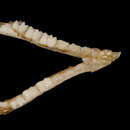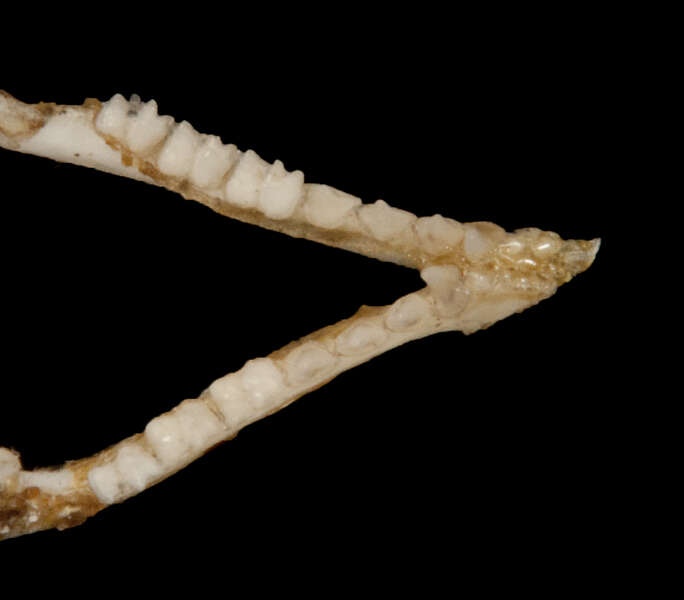en
names in breadcrumbs



Kerivoulinae (Woolly Bats.) is a subfamily of bats in the family Vespertilionidae. They are nocturnal omnivores. Reproduction is viviparous. They rely on flight to move around.
EOL has data for 14 attributes, including: